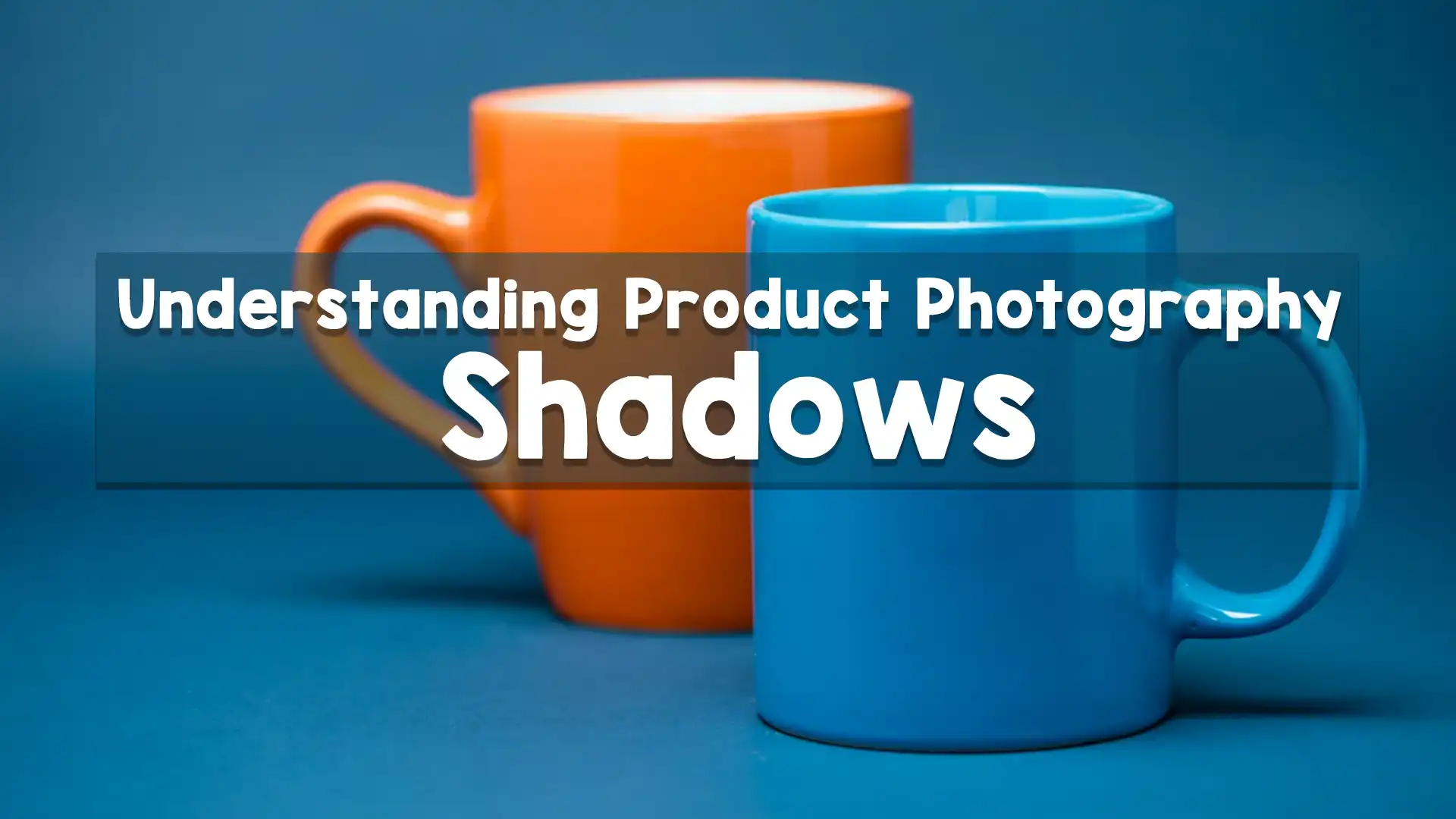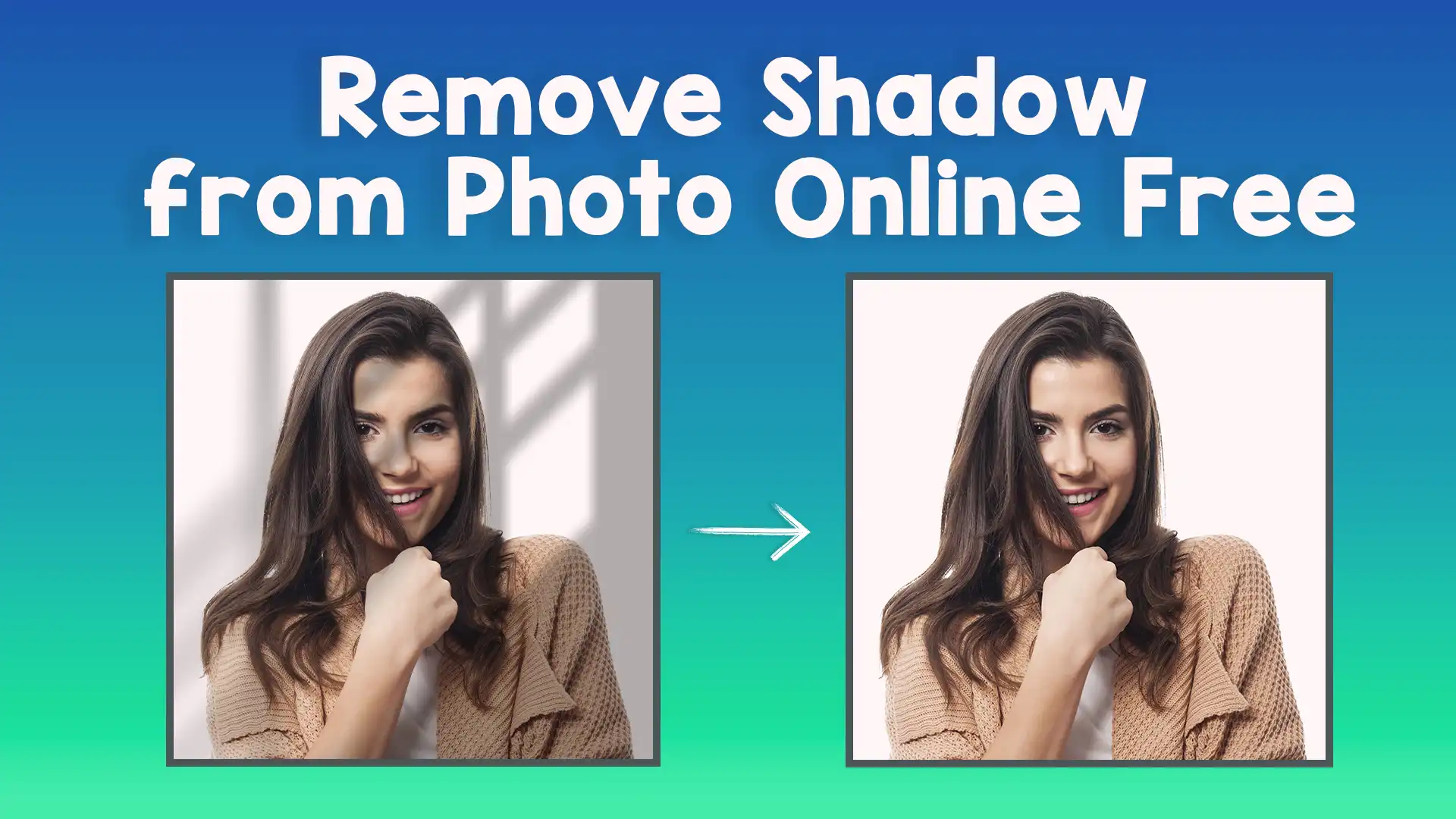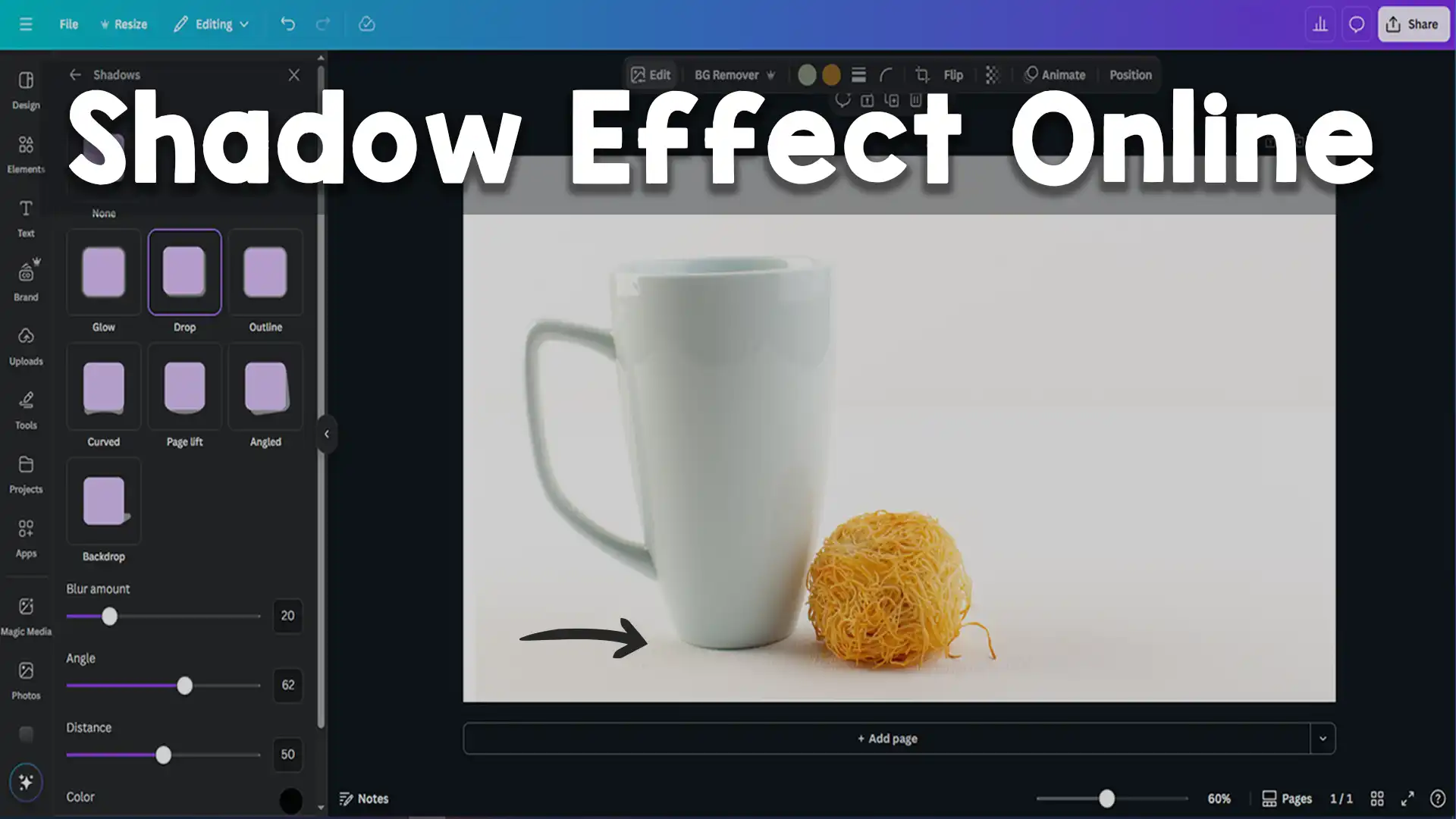When it comes to capturing stunning and professional product images, one factor that often goes unnoticed but plays a powerful role is the shadow. Product photography shadows are more than just dark areas; they help create depth, shape, and realism in images. If used correctly, shadows can elevate your product photos and make them stand out. However, poor shadow control can ruin even the best-shot images.
In this article, we will take a deep dive into the world of product photography shadows. You will learn what they are, why they matter, the different types of shadows used in product photography, and how to manage or enhance them for professional results. By the end, you’ll also find out how Image Work India, a leading image post-production company, can help refine your product photos using advanced shadow editing techniques.
What Are Product Photography Shadows?
Shadows in product photography are created when the light source is blocked by the product, causing dark areas to form on the background or surface. These shadows occur naturally and are an essential part of visual storytelling. In photography, shadows help define the shape and texture of a product. They make the object appear three-dimensional rather than flat, giving it a more natural and realistic appearance.
Without proper shadow control, a product image can look overly bright, fake, or unbalanced. That’s why learning how to manage product photography shadows is essential for photographers, retailers, and businesses who want to present their products in the best light.
Why Shadows Matter in Product Photography
Shadows are not just about darkness—they bring structure to the image. A well-placed shadow can highlight a product’s features and make the photo look more dynamic. For example, a soft drop shadow beneath a pair of shoes can make them appear grounded, giving the viewer a better sense of weight and material.
On the other hand, harsh or mismatched shadows can make a product look unprofessional or even misleading. Inconsistent shadows may suggest poor lighting setup or sloppy editing, which can hurt the credibility of your brand. That’s why understanding and mastering product photography shadows is so critical in e-commerce and advertising.
Types of Product Photography Shadows
There are several types of shadows that commonly appear or are added in product photography shadows editing. Each has a specific purpose and effect on the final image.
Natural Shadows
Natural shadows are those created during the photoshoot with a real light source. These shadows vary depending on the direction and intensity of the light. Natural shadows give a very organic feel to the product image. When used correctly, they can look elegant and realistic.
Drop Shadows
Drop shadows are often added during the editing phase. They create a small, soft shadow beneath the product to make it appear lifted from the background. This technique is especially useful for white or transparent backgrounds commonly used on websites and catalogs.
Reflection Shadows
Reflection shadows mimic the effect of a product being placed on a glossy surface like glass. This type of shadow gives a luxury feel to the product and is commonly used in high-end advertising.
Cast Shadows
Cast shadows are those that extend from the object and fall onto other surfaces. They are usually longer and more pronounced. Cast shadows can help portray realism and mood but need to be managed carefully to avoid overpowering the product.
How Lighting Affects Product Photography Shadows
Lighting is the single most important factor in determining the quality and direction of product photography shadows. Hard lighting will create strong, well-defined shadows with sharp edges. Soft lighting, on the other hand, will produce subtle, smooth shadows that blend easily into the background.
The position of the light source also plays a key role. Lighting from the front will reduce shadows but may make the product look flat. Side lighting or top lighting helps bring out the texture and depth of the product while creating natural shadows that add dimension.
Many photographers use diffusers, reflectors, or multiple light sources to control the shadow effects. Experimenting with lighting angles and intensity is the best way to get the desired shadow look in your product photos.
Common Problems with Shadows in Product Photography
Despite their importance, shadows can sometimes become problematic in product photography. One common issue is harsh shadows, which can distract viewers from the product itself. This usually happens when the light source is too strong or placed too close to the subject.
Another problem is inconsistent shadows, especially when shooting multiple items in a series. Inconsistent lighting can lead to shadows that change from one photo to the next, making the overall catalog look unprofessional.
Color shadows can also be an issue. When shooting with colored lighting or in a colored environment, shadows may pick up unwanted hues that change the product’s appearance.
Editing mistakes are also common. Poorly added or removed shadows during post-processing can make the image look fake or low-quality. This is why many brands choose to outsource their shadow editing to professionals.
How to Create the Perfect Product Photography Shadows
Creating the perfect product photography shadows involves a combination of good lighting, correct shooting angles, and skilled editing. Start by using soft light sources such as softboxes or diffused natural light. Adjust the distance and position of your lights to control the shadow’s shape and intensity.
Place your product on a clean, flat surface and experiment with angles to find the most flattering shadow form. Shooting from slightly above and to the side often works well for most products.
Once you have captured the image, editing software like Adobe Photoshop can help you refine the shadow. You can darken, lighten, blur, or even replace the shadow to suit the desired style. Make sure to match the shadow’s angle and depth with the lighting of the photo to maintain realism.
If editing is not your strength or if you’re handling a large batch of images, outsourcing to a professional photo editing company like Image Work India is a smart option.
The Role of Post-Production in Shadow Editing
Post-production plays a massive role in managing product photography shadows. Even the best-shot images can benefit from shadow enhancements. During post-processing, editors can add drop shadows, reflection shadows, or improve natural shadows to create a consistent and clean look.
Advanced editing tools can also remove unwanted shadows, especially in cases where the shadow hides important product details. Editors can also replicate shadows across multiple images to maintain uniformity in product listings.
Sometimes, creative decisions are made during editing to match brand aesthetics. For instance, a beauty product may benefit from a soft, dreamy shadow, while a tech gadget might look better with a clean, sharp shadow. Post-production offers the flexibility to fine-tune these details for a professional outcome.
Shadow Editing for E-Commerce and Advertising
In e-commerce, consistency is king. All products should look like they belong to the same visual family. That means the shadows need to be consistent in style, size, and intensity. Inconsistent or poorly edited shadows can create visual confusion and reduce customer trust.
For advertising, shadows are part of the creative direction. A well-crafted shadow can enhance the storytelling aspect of the photo and guide the viewer’s eye toward key product features. In both cases, investing in high-quality shadow editing can result in better engagement and higher sales.
Tools Used for Shadow Editing
Several tools are commonly used for editing product photography shadows. Adobe Photoshop remains the industry standard due to its powerful layer and masking tools. Editors use functions like “Drop Shadow,” “Gaussian Blur,” “Opacity Control,” and “Transform” to create realistic shadows.
Other tools like Lightroom, GIMP, and Capture One also offer shadow control, but they may be better suited for basic adjustments rather than detailed editing. For high-volume or complex projects, a dedicated editing service is often more efficient and reliable.
Outsourcing Product Photography Shadow Editing
For brands and photographers who handle hundreds or thousands of product images, outsourcing shadow editing can save time, reduce costs, and improve quality. Professional image editing companies have the experience, tools, and trained staff to deliver consistent and high-quality results.
At Image Work India, we specialize in all types of product photography shadows editing, including natural shadow enhancement, drop shadow creation, and reflection shadow effects. Whether you need e-commerce-ready white-background images or artistic photos for advertising, we ensure that your shadows match the mood, style, and lighting of each image perfectly.
Our team works with global clients and guarantees fast turnaround, precision editing, and competitive pricing. We also offer services like background removal, color correction, retouching, and image resizing—everything you need to make your product photos look flawless.
Professional Shadow Editing by Image Work India
If you’re looking to enhance your product images with perfect product photography shadows, let Image Work India help you. We’re a trusted image post-production company offering high-quality shadow editing services tailored to your brand. Our experienced editors handle all types of shadow work, ensuring your product photos look clean, consistent, and captivating.
We work with photographers, e-commerce businesses, advertising agencies, and design studios around the world. From drop shadows to natural and reflection shadows, we make your products shine—literally and figuratively.
Visit Image Work India today and discover how our shadow editing services can transform your product photography.
Final Thoughts on Product Photography Shadows
Understanding and controlling product photography shadows is essential for anyone involved in commercial photography. Shadows help create depth, realism, and professionalism in your images. Whether you’re shooting for an online store, a product catalog, or a promotional campaign, the right shadow can make all the difference.
Investing time in learning about lighting and shadow techniques—or partnering with experts like Image Work India—can drastically improve the quality of your product photos. Shadows may seem like a small detail, but when mastered, they become a powerful tool in your visual storytelling arsenal.




